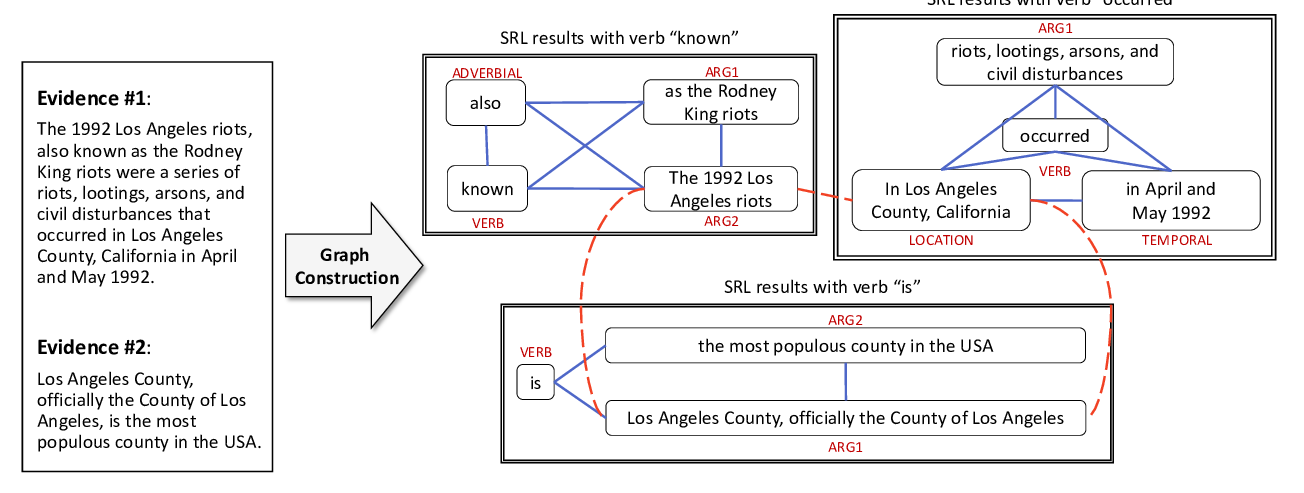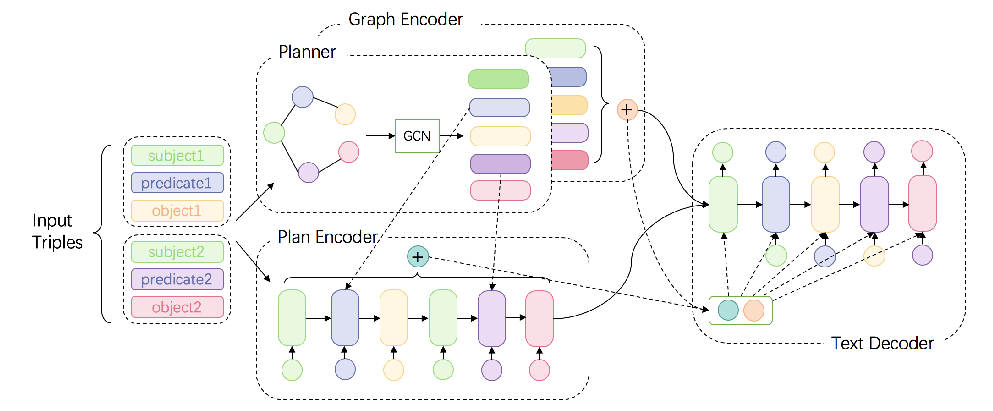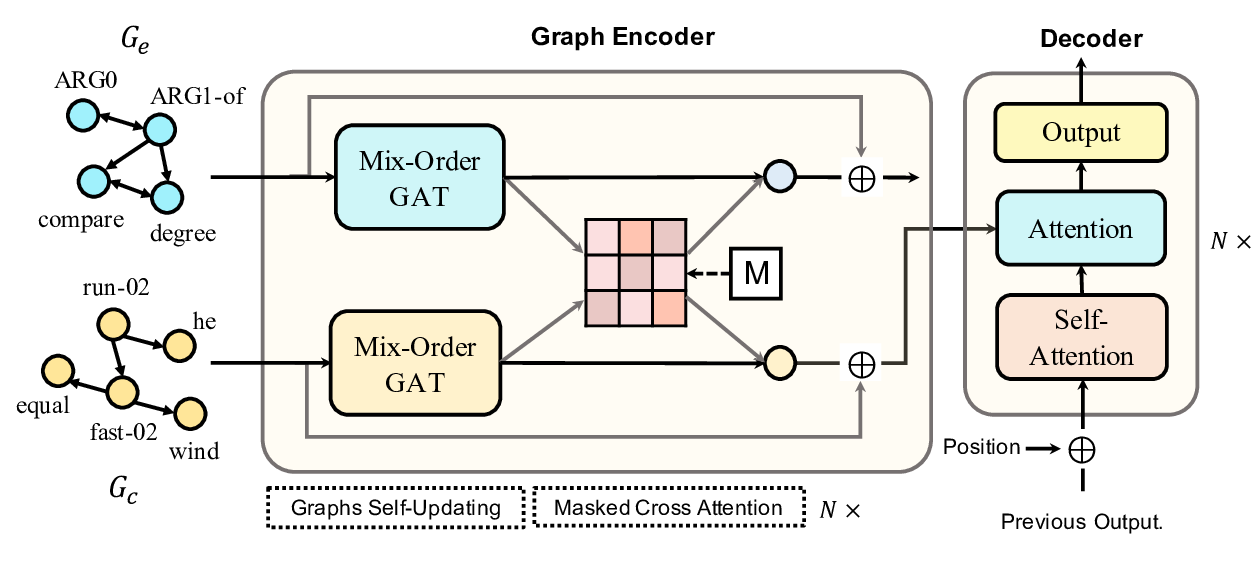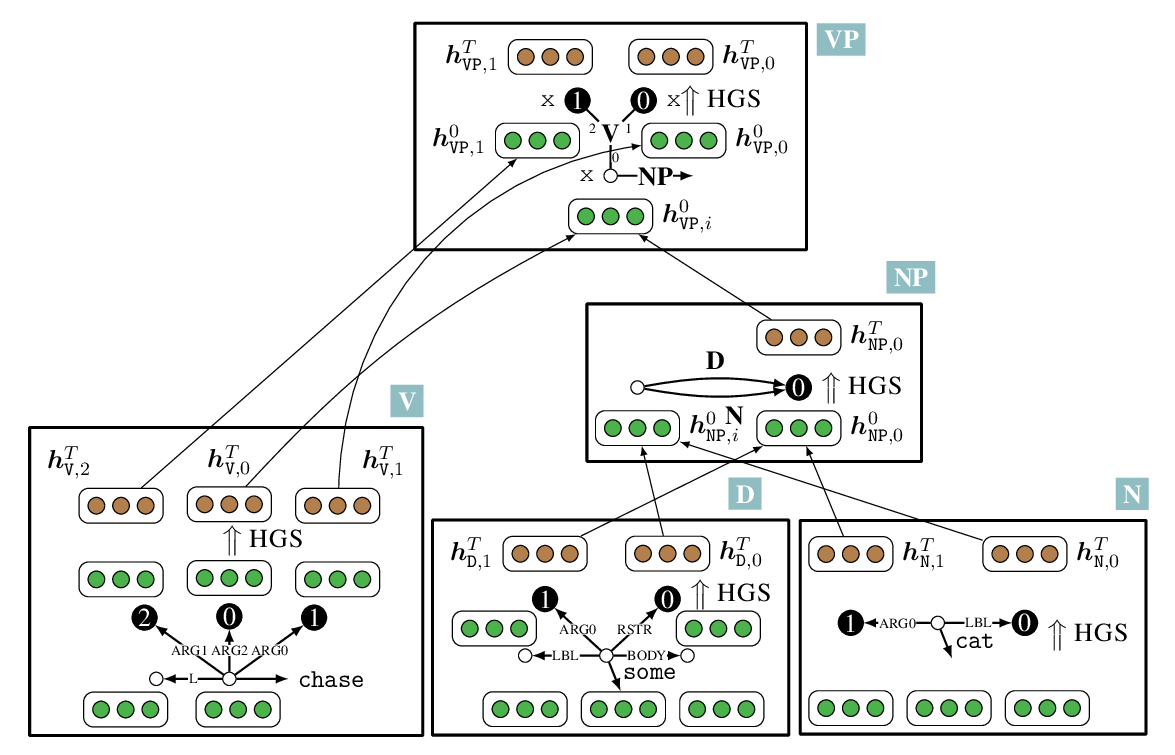LogicalFactChecker: Leveraging Logical Operations for Fact Checking with Graph Module Network
Wanjun Zhong, Duyu Tang, Zhangyin Feng, Nan Duan, Ming Zhou, Ming Gong, Linjun Shou, Daxin Jiang, Jiahai Wang, Jian Yin
Semantics: Sentence Level Long Paper
Session 11A: Jul 8
(05:00-06:00 GMT)

Session 13A: Jul 8
(12:00-13:00 GMT)

Abstract:
Verifying the correctness of a textual statement requires not only semantic reasoning about the meaning of words, but also symbolic reasoning about logical operations like count, superlative, aggregation, etc. In this work, we propose LogicalFactChecker, a neural network approach capable of leveraging logical operations for fact checking. It achieves the state-of-the-art performance on TABFACT, a large-scale, benchmark dataset built for verifying a textual statement with semi-structured tables. This is achieved by a graph module network built upon the Transformer-based architecture. With a textual statement and a table as the input, LogicalFactChecker automatically derives a program (a.k.a. logical form) of the statement in a semantic parsing manner. A heterogeneous graph is then constructed to capture not only the structures of the table and the program, but also the connections between inputs with different modalities. Such a graph reveals the related contexts of each word in the statement, the table and the program. The graph is used to obtain graph-enhanced contextual representations of words in Transformer-based architecture. After that, a program-driven module network is further introduced to exploit the hierarchical structure of the program, where semantic compositionality is dynamically modeled along the program structure with a set of function-specific modules. Ablation experiments suggest that both the heterogeneous graph and the module network are important to obtain strong results.
You can open the
pre-recorded video
in a separate window.
NOTE: The SlidesLive video may display a random order of the authors.
The correct author list is shown at the top of this webpage.
Similar Papers
Reasoning Over Semantic-Level Graph for Fact Checking
Wanjun Zhong, Jingjing Xu, Duyu Tang, Zenan Xu, Nan Duan, Ming Zhou, Jiahai Wang, Jian Yin,

Bridging the Structural Gap Between Encoding and Decoding for Data-To-Text Generation
Chao Zhao, Marilyn Walker, Snigdha Chaturvedi,

Line Graph Enhanced AMR-to-Text Generation with Mix-Order Graph Attention Networks
Yanbin Zhao, Lu Chen, Zhi Chen, Ruisheng Cao, Su Zhu, Kai Yu,

